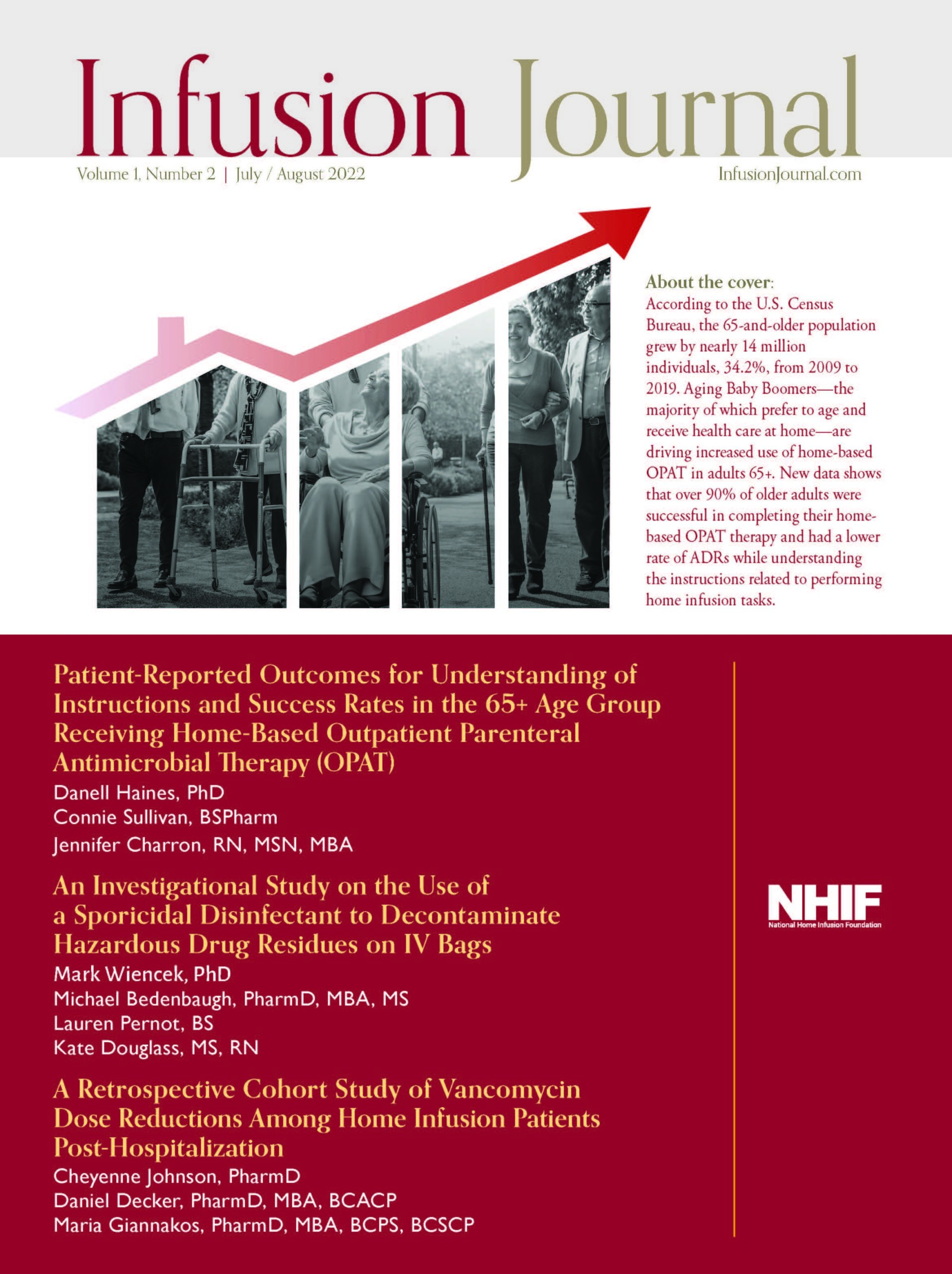Michelle Simpson, PharmD, BCSCP, MWC | Editor-in-Chief, Infusion Journal
A great deal of medical research goes unpublished. In fact, a 2016 analysis of U.S. academic medical centers found that the proportion of clinical trials published within 24 months of study completion ranged from 10.8% to 40.3%.1
Not all findings are fit for publication, but these numbers still suggest a significant loss. Publishing research benefits science and its application to practice. It helps other researchers design their experiments. It is the culmination of the research process, and the research cycle is not complete without communicating its findings to the scientific community. Publishing biomedical research is essential because it helps enhance understanding of health, diseases, and their management, improving medical practice and benefiting patients. Unfortunately, research professionals report a lack of knowledge of research methodology and limited medical writing expertise as 2 barriers to formally writing and submitting a manuscript to a medical journal.
Fortunately, seeing the need for education and support for publishing research in infusion therapies, the National Home Infusion Foundation developed a comprehensive Research Training Certificate Program. The program’s purpose is to support and educate independent researchers on performing studies with the potential to communicate their findings. The Research Training Certificate Program provides education on methods used to collect data and how to use tools to uncover new information and create a better understanding of the results. An entire section of the program details data collection, analysis, and interpretation. This is a solution to problem number one.
In addition, sharing and communicating the findings through publishing in a peer reviewed journal can seem like a monumental undertaking. The Research Training Certificate Program offers comprehensive guidance for writing the study reports and drafting the results, discussion, and conclusion sections. It covers how best to communicate the research, whether presenting a poster at a conference or publishing a manuscript in a journal.
Another common challenge is time. Knowing that it takes a series of dedicated blocks of time to design, conduct, and report out study findings, the Research Training Certificate Program focuses on efficient use of time. The program takes an independent researcher through the entire process, from determining the research topic, literature review, study rationale, methodology, and analysis. The final education session of the program is devoted to writing everything into a format that best communicates the research. Another problem is solved.
The reasons for independent medical research remaining unpublished vary. NHIF encourages independent research and supports researchers studying the effects of infusion therapies. The Research Training Certificate Program, available free to members on NHIA University, provides education and training on performing scientific research, particularly studies with the potential to communicate research in home and alternate site infusion. It closes a gap in training and education empowering researchers to become authors.


